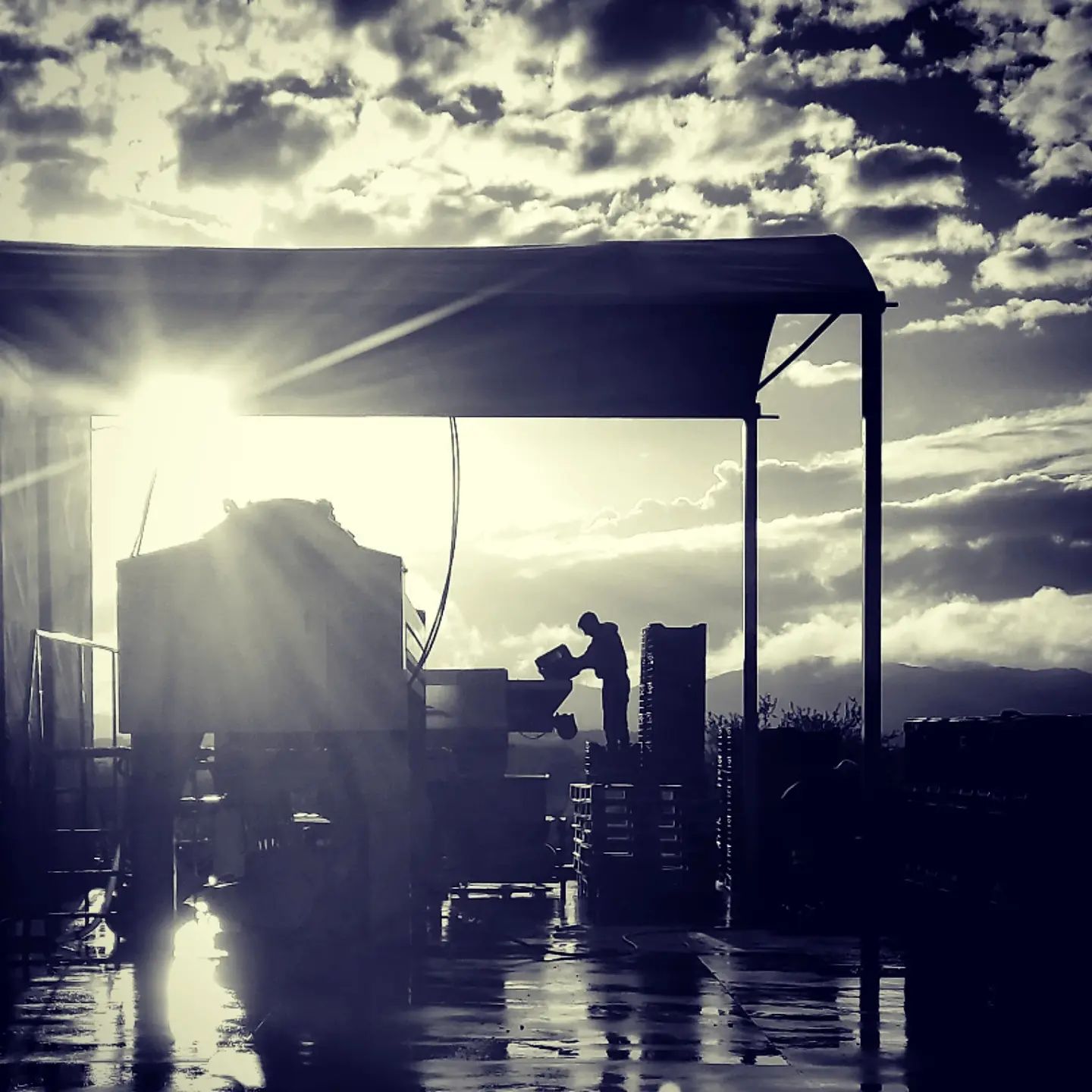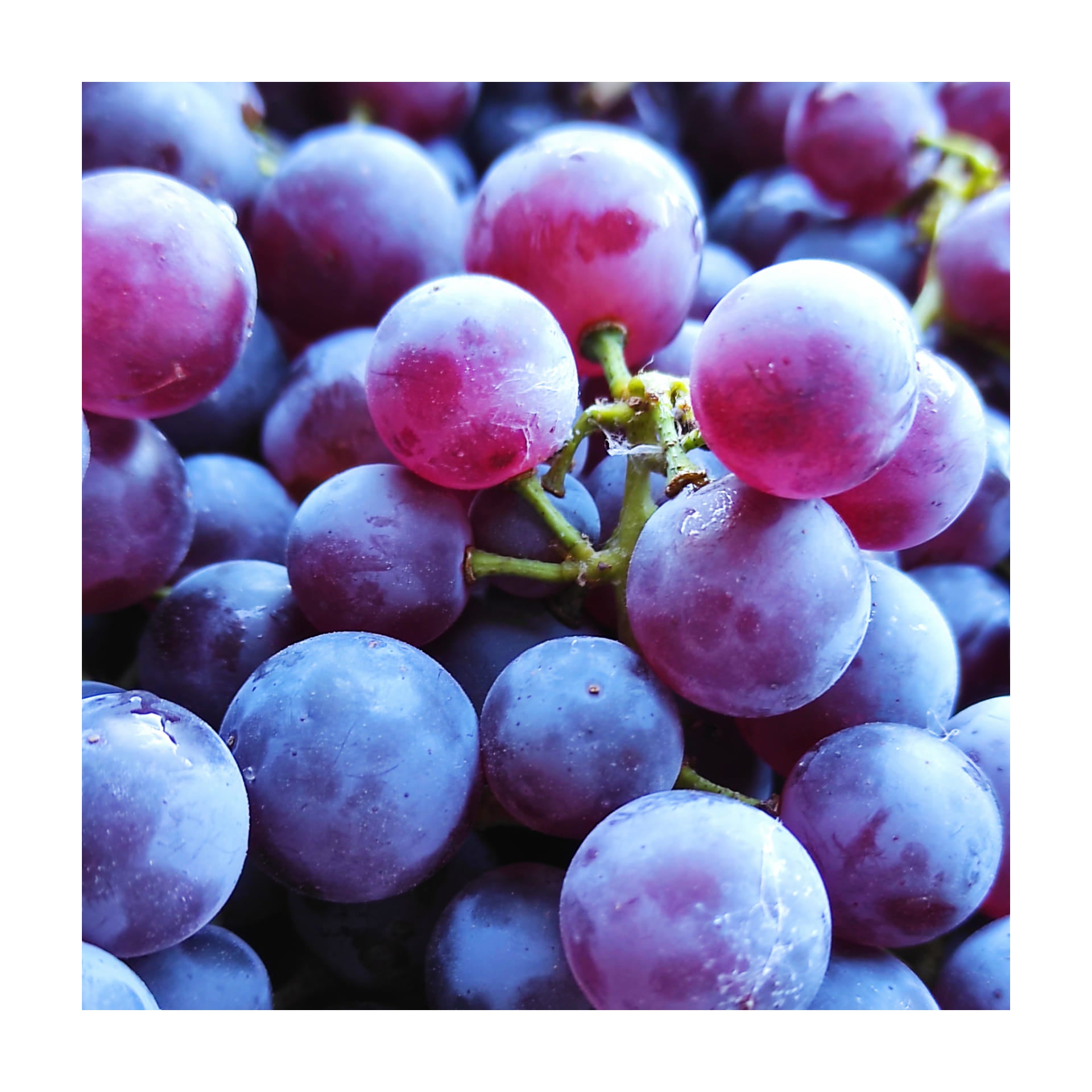Your basket is empty
Already have an account? Log in to check out faster.
Already have an account? Log in to check out faster.
Regarded as one of the very finest interpreters of Moschofilero in the whole of Greece, Bosinakis has been a family affair since its inception in 1992. The new generation took over in 2009, when brother-sister team Sotiris and Katerina Bosinakis took the reins of the winery. Katerina runs the business, while Sotiris makes the wines today. Among their contributions was a renewed and passionate focus on quality. Whereas Moschofilero is commonly viewed as an easily quaffable table wine, Bosinakis set out to demonstrate the full potential of their grape variety and terroir in Mantinia. Their riper, more powerful expression of Moschofilero rocked the category. The siblings will also gleefully share a vertical of Moschofilero going back several years, showing that contrary to certain assumptions, Moschofilero has the structure and complexity to age with grace.
In addition to their white Moschofilero, Bosinakis is among the foremost producers of the rare Moschofilero rosé. Sotiris has also dipped his toe into the natural wine movement, crafting Moschofileros with much extended skin contact that reimagines the range of possibilities for this grape variety. Bosinakis has also entered a surprising joint venture with Chatzakis Winery in the Cyclades, blending their Assyrtiko with Boskinakis’s Moschofilero.

The passion for winemaking ignited in Sotiris and Katerina Bosinakis at a young age, nurtured by their grandfather's influence. In the 1950s, their grandfather engaged in buying and selling grape juice, known as must, from wineries in Nemea and other regions, selling it to households across Greece (for at the time it was common for individual houses to make their own wine). However, their grandfather's sudden passing in 1979 left a void. Their grandfather had always believed in the untapped potential of the Mantinia region and the capacity of Moschofilero grapes to produce exceptional wines. Determined to carry on his legacy, their parents continued the well-established sales network. In 1992, Sotiris and Katerina's parents fulfilled their grandfather's dream by establishing a winery in Mantinia focusing on Moschofilero production. Meticulously selecting the winery site between the villages of Agiorgitika and Lifouvounia, where wineries were scarce at the time, their parents forged close relationships with the local viticulturists. They began producing wine and selling it to prominent wineries in Greece.
While always involved with the winery, Sotiris and Katerina took over in 2009, building upon their parents' foundation by making and selling their own vintages. While the viticulturists with whom their parents worked were no longer around, the siblings continued on with the tradition by working instead with the next generation of the same families. These strong bonds that their parents had formed and that they, too, carry on allow them priority in choosing the finest grapes.
From the onset, the siblings aimed to challenge the notion that Moschofilero was a wine meant to be consumed within seven months of bottling. However in order to do, they would need to revisit the traditional winemaking methods of Moschofilero. Setting their product apart from others in the market, the siblings dared to put their grapes through longer extraction periods, even experimenting with up to 20 hours—an unconventional approach for white wines. This bold decision posed risks, as it deviated from consumer expectations. However, it ultimately established them as leaders in Moschofilero production, known for crafting wines with captivating, opaque colors. Over time, consumers embraced and cherished the realization that Moschofilero was not simply a pale white wine but rather one that can age even 10 years. The Bosinakis winery and specifically the siblings have triumphed as true pioneers, admired for their unique "grey wines" that captivate the palate and defy convention.
If Greece were also a boot (albeit a much more misshapen one than Italy’s), then the Peloponnese would be the foot. Just southwest of Athens, the Peloponnese forms the southern point of both Greece and the Balkan Peninsula. The ancient battleground of the Peloponnesian War, the region is home to such historic cities as Sparta and Corinth, the latter of which was, according to mythology, the home of the winged horse Pegasus, who remains an emblem of the area. The Peloponnese is also one of the world’s oldest winegrowing communities, with a tradition of viticulture stretching back at least 4,000 (and perhaps as long as 7,000) years. The region’s influence in the global wine market extended far beyond Greek antiquity; in the Middle Ages and through the Renaissance, the port of Monemvasia was among the most active, achieving high demand for the local Malvasia wines. Later, in the 19th century, the Peloponnese earned renown for its quality Corinthiaki raisins, causing many wine grapes to be up rooted—a competition that remains to this day.
While the Peloponnese is surrounded almost entirely by water, the region soars to high elevations across its arid, mountainous landscape. Among those heights, on a plateau approaching 2,000 feet, is the Protected Designation of Origin appellation of Mantinia, located in the Arcadia province at the inland center of the Peloponnese. Unlike the coastal areas, Mantinia does not suffer summer humidity and enjoys cooler temperatures that are essential to preserving the purity and freshness of its wines. For this reason, Mantinia is the most celebrated home for Moschofilero, the appellation’s prized grape, native to the general vicinity.
The captivating region of Mantinia holds a rich history deeply intertwined with viticulture that spans thousands of years. Even in ancient times, the significance of Mantinia's vineyards was evident, as Homer's stories referred to the region as "many vines." Adding to Mantinia's allure is the presence of the majestic Menalon Mountains, shrouded in mythology and considered sacred to Pan, the god of nature and the wild, known for his faun-like appearance and his close following of Dionysus, the god of wine. This longstanding tradition of winemaking has been cherished throughout the ages, a testament to the enduring passion for wine in this remarkable land. In his extensive travels, Pausanias, the ancient Greek traveler, even dedicated an entire book to Arcadia and a significant portion to Mantinia, highlighting the enchanting qualities of the region.
The siblings behind Bosinakis are incredibly grateful for the preservation of winemaking in Mantinia throughout the centuries and are dedicated to ensuring its continuity for generations to come.
